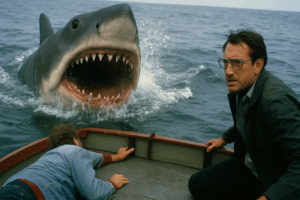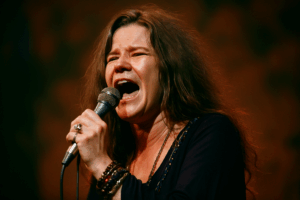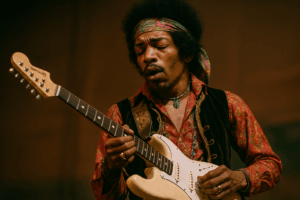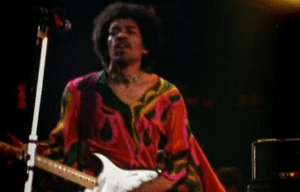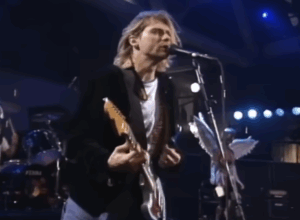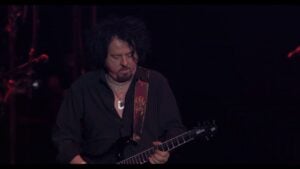How A Fan Saved The Who’s Performance When Keith Moon Passed Out

via @the_mods_official / Instagram
In the wild world of rock music, few drummers were as electrifying and unpredictable as Keith Moon of The Who. His explosive drumming style became an essential part of the band’s signature sound—but his offstage habits often came with consequences. One night in 1973, those consequences caught up with him onstage in front of a packed crowd.
The incident happened during a performance at the Cow Palace in San Francisco. Moon, known for mixing substances before shows, had reportedly taken a combination of tranquilizers and brandy. As the concert unfolded, Moon’s condition rapidly deteriorated—he passed out not once but twice, halting the momentum of the set.
Faced with a crisis, the rest of The Who had a decision to make. Rather than ending the show, they turned to the crowd for help. What happened next became one of rock’s most legendary onstage saves—led by an ordinary fan.
View this post on Instagram
Keith Moon Collapses Mid-Show
From the very beginning of the set, Moon wasn’t quite himself. As the show progressed, his energy seemed off, and eventually, his body gave out completely. He collapsed backward behind his massive drum kit and had to be carried offstage. Pete Townshend tried to keep the crowd calm, joking that Moon had probably eaten something bad.
In reality, it was no stomach bug. A mix of a sedative and brandy rendered Moon unconscious. Medical staff attempted to revive him with a cortisol shot, but the effects were temporary. He passed out again shortly after, unable to continue.
With their iconic drummer down for the count, The Who were left with a gaping hole in their sound. They needed a miracle—and fast. That miracle came not from backstage, but from the crowd itself.
View this post on Instagram
A Teenager Answers the Call
Pete Townshend, desperate to keep the show alive, turned to the audience. “Can anybody play the drums?” he shouted into the mic. It wasn’t a gimmick. The band was serious. One brave 19-year-old named Scott Halpin, nudged forward by his enthusiastic friend, accepted the once-in-a-lifetime invitation.
Halpin was just a fan enjoying the show a few minutes earlier. Now, he was stepping into Keith Moon’s shoes. “My friend was pushing me forward and saying, ‘Come on man, you can go up there and play,’” Halpin recalled. After a quick check by the crew, he was led onstage.
Despite nerves and the overwhelming sight of Moon’s massive drum setup, Halpin held his own. He played three songs with The Who, including “Smokestack Lightning” and “Naked Eye,” earning applause and respect from both the crowd and the band.
Legacy Beyond One Night
The experience gave Halpin a new understanding of what it took to be a professional musician. Even as a drummer himself, he was stunned by the physical toll it took. “I only played three numbers, and I was dead,” he later said. The size and complexity of Moon’s kit alone had been intimidating.
Keith Moon’s death in 1978 left a void in the band that no one could easily fill. Years later, Ringo Starr’s son Zak Starkey would step in and eventually become The Who’s longest-serving drummer after Moon. Though he was recently let go, Starkey considered the experience a badge of honor.
As for Scott Halpin, his brief moment in the spotlight remains a testament to the unpredictable and often chaotic nature of live rock shows. It also serves as a reminder that sometimes, heroes emerge from the crowd—not with flash, but with courage and timing.
View this post on Instagram




